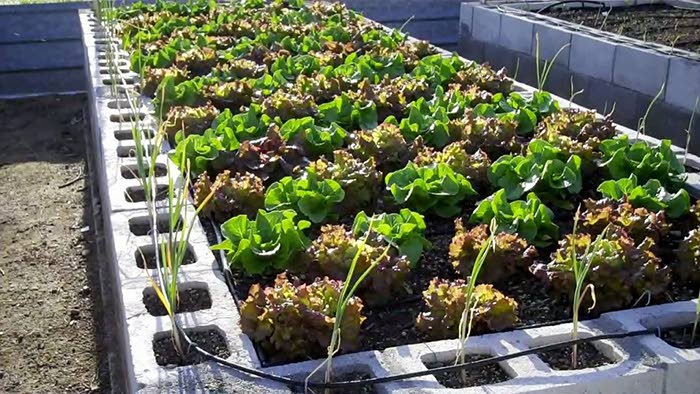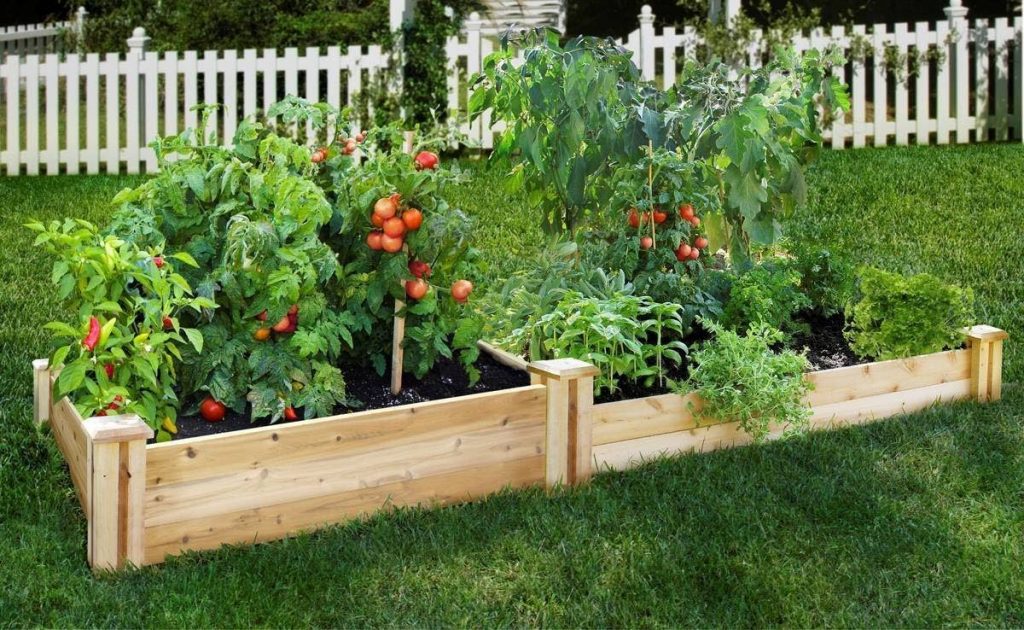Grow box cultivation

LYNDON MACLEOD
My journey in grow box cultivation started in 2006 when my father and I attended a two-day training course at the Farmers Training Centre in Centeno.
Grow box cultivation is a type of production system using an enclosed structure filled with pre-mixed soil. Grow boxes can be any size. Over the years I have used the standard size which measures 30 feet long, five feet wide and eight inches deep. It holds 100 cubic feet of pre-mixed soil and occupies 150 sq ft. Fifty four concrete blocks each measuring six inches by eight inches high by 16 inches are used to form the enclosure. Ask the hardware dealer for 6 x 8 x16 inch concrete blocks when purchasing. Wooden enclosures can also be used to reduce cost but will not be as long-lasting as concrete enclosures.
I started my first grow box two months after completing the course at Centeno and, to date, have cultivated short-term crops namely patchoi, lettuce, sweet peppers, celery, chive, tomato, cabbage, broccoli and cauliflower. The original soil mixture for grow box cultivation consisted of bagasse, sharp sand, limestone and fertilisers.
The unavailability of bagasse due to the closure of the local sugarcane industry made me do research on substitutions for that ingredient. I have been experimenting with soil mixes not only for grow box production cultivation but also for the horticulture community.
Applying my knowledge of hot composting using horse or rabbit manure, mixed with organic matter – such as dried leaves and dried grass cuttings – under controlled conditions I was able to make a high-quality enhancement for the soil to be used in my agriculture projects and those of others. Additionally worm castings will soon be added when I start vermicomposting. Vermicomposting is the use of earthworms under controlled conditions to breakdown organic matter and food waste into compost rich in plant nutrients

Why grow box cultivation? Because it remains feasible in areas where the soil is infertile or of poor quality. Enclosures can be situated in close proximity to your home thus making security of crops possible and reducing praedial larceny. Grow boxes also tend to have few or no weeds and therefore less money is spent on weedicides or time spent manually removing weeds. The major disadvantage of the grow box system is the startup cost. It is somewhat costly to establish a grow box, however, with proper production practices and management, costs can be recovered and profits made in a relatively short time
Build a grow box system in 2018 and eat what you grow.
For further information contact the Eastern Horticultural Club at 357-5033, 720-2698 or easternhorticultural@hotmail.com The Club meets the first Saturday of every month (except public holidays) at 3 pm at Moreton Hall, Aramalaya Presbyterian Church, Cochrane Street, Tunapuna.


Comments
"Grow box cultivation"